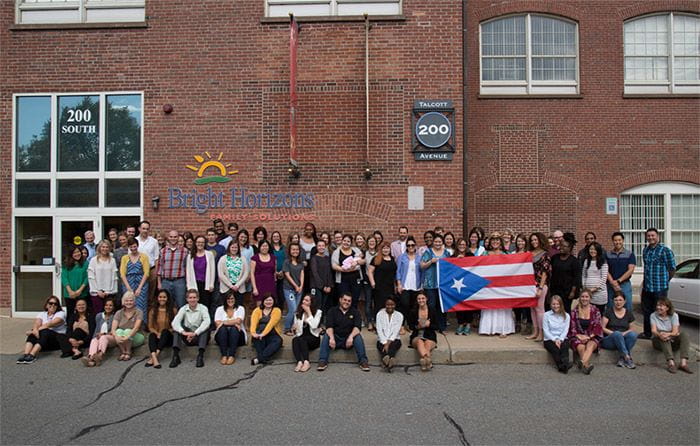Information learned during the process allowed this employer to make such substantial changes that the company leaped from the doldrums of employee perception to a place where prospective employees are lining up to work there.
Of course, this took time. But one of the reasons they were able to get there? An effective survey as a launch pad.
How An Employee Experience Survey Can Miss the Mark
Developing a deeper understanding of employee needs is the only way to understand and unlock the drivers of human performance in spite of productivity-sapping disruptions. But as I wrote earlier about three reasons many employee experience surveys fail, most employer surveys are too narrow, and so they miss the opportunity to provide meaningful information.To do it right, you need what I like to think of as the BEST survey:
Blended
A simple study of only the experience on the job isn't going to get you very far. A truly illustrative survey should be a mix of life and work questions - even diving into questions organizations might be uncomfortable asking, such as, "What are your sources of family stress?" This doesn't mean you have to have equitable numbers of work and life questions. But you do have to recognize life outside of work exists and ask question accordingly.
Earnest
A lot of employers come at these surveys as if they already know the answers, and so limit themselves to the "safe" questions that won't ruffle their feathers. That kind of survey is just for show. A great survey must reflect a sincere interest in helping employees, and that starts with being brave enough to ask the tough questions (hint: you may not like the answers), and ends with identifying the key issues outside of work so you can find solutions.
Sustained
Doing a single survey once in a while? Good luck with that. A moment in time will only tell you how you're people are doing in that second. A regular survey, on the other hand, offers a longitudinal perspective. We ask our employees to rate themselves in certain key areas we know can be challenges - for example, financial fitness. We call it life scoring. And by going back to those life scores and asking the same question again at a later point, we can see if our solutions are having an impact. Our survey, then, becomes not only informational, but dynamic. Coincidentally, people who use the solutions score themselves higher in many of these areas.
Tethered
Surveys aren't just tactical exercises. In other words, the goal isn't just to ask questions; it's to enact responses. So asking employees random questions about life circumstances that you have absolutely no chance of impacting are pointless. Tethering your questions to individual solutions on the other hand (Are subsidized gym memberships improving health? Are 401K tutorials being used?) gives you information you can actually use to make change.
Why go through all this trouble? Whole-person assessments allow organizations to know what's eating people before these things mess with productivity. Ideally, you want to start the process long before a mass exodus or some other event clues you in. Even if you're expecting some tough answers, it's better to ask the right questions now rather than pretend everything is just fine and live with the consequences later.If you're seeking help in how to take your employee surveys to the next level, take a look at Horizons Workforce Consulting - from assessing workforce well-being to defining dependent-care needs and more, our experts have partnered with a wide range of employers to help them define and measure what matters.





